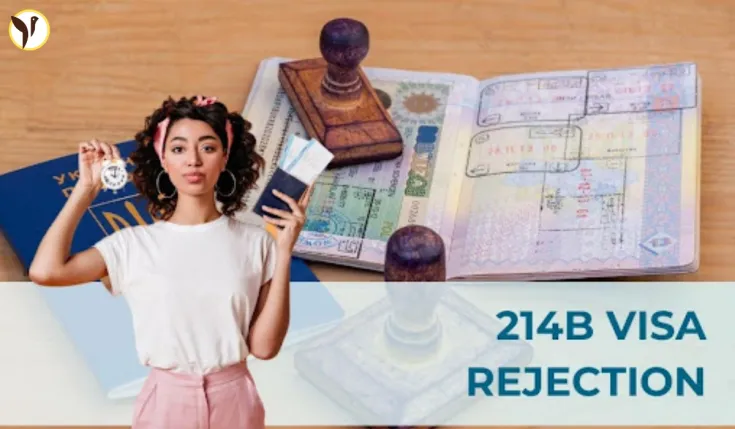Indian Man's US Visa Rejection: A Common Struggle
The recent viral video of an Indian man calmly drinking tea on a busy road after a US visa rejection highlights a common, yet heartbreaking, experience for many aspiring travelers. While the video itself raises concerns about safety and the man's emotional state, the underlying issue is far more widespread: the challenges faced by Indian nationals seeking US visas, specifically the dreaded 214(b) rejection.
Understanding the 214(b) Rejection
Section 214(b) of the US Immigration and Nationality Act presumes that all visa applicants are intending immigrants unless they can prove otherwise. This means applicants must convincingly demonstrate strong ties to their home country that will compel them to return after their visit. Factors like employment, property ownership, family responsibilities, and a history of international travel are key to overcoming this presumption.
Why This Man's Application Likely Failed
The Reddit post detailing the man's experience sheds light on potential reasons for his rejection. His lack of international travel history, coupled with the mention of a girlfriend residing in the US, likely raised concerns about his intent to return to India. While honesty is crucial, in this case, it may have inadvertently worked against him. The visa officer likely perceived a stronger connection to the US than to India.
Improving Your Chances of US Visa Approval
For those facing similar challenges, there are steps to take to strengthen your application: build a travel history, showing you’ve successfully visited other countries and returned home; demonstrate strong financial ties in India (bank statements, property ownership); and highlight family responsibilities (spouse, children). Also, consider postponing mentioning a US-based romantic relationship until after you have successfully obtained a visa.
The Bigger Picture
The man's story serves as a cautionary tale, but it also underscores the broader challenges facing Indian passport holders seeking US visas. The 214(b) rejection is a complex issue, and applicants need to proactively address the concerns it raises to increase their chances of success. Thorough preparation and understanding of the visa application process are essential.
Call to Action
Have you faced a US visa rejection? Share your experiences and advice in the comments below. Let's learn from each other and help others navigate this challenging process.






